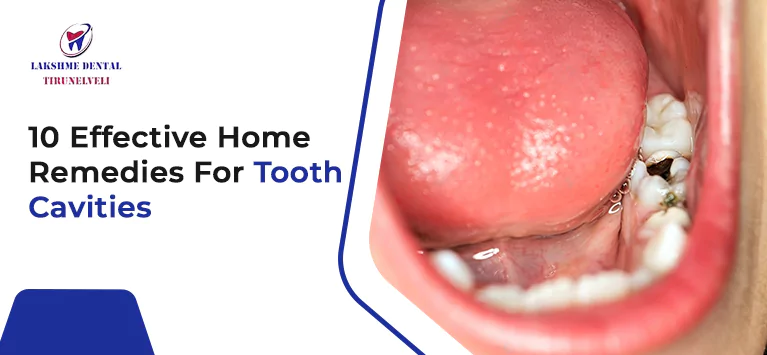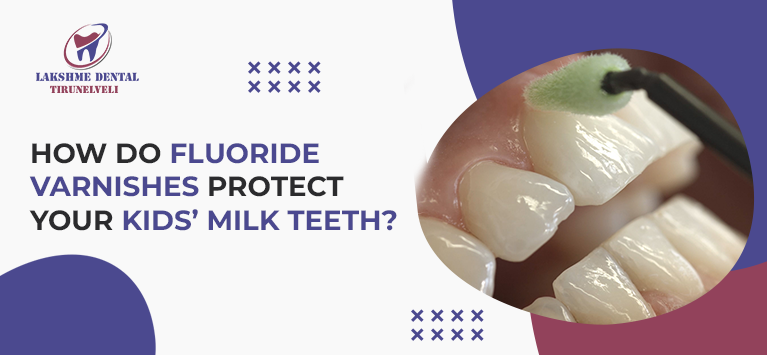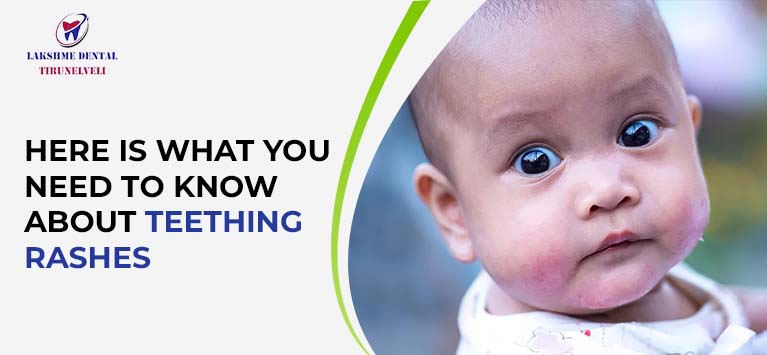
What Is Meant by Dental Ankylosis?
The periodontal ligaments hold a tooth in its socket but in exceptional cases, a tooth root is fused with the jaw bone. This condition is called Tooth Ankylosis and those teeth are called ankylosed teeth. It is a rare phenomenon and about 1.3% to 14. 3% of the world population is suffering from the consequences of dental ankylosis.
It occurs in both primary teeth and adult teeth but is highly prevalent in baby teeth. Likewise, it is highly seen in females. Researchers found molar teeth in the lower jaw are most likely to be affected by Ankylosis.
As the tooth is permanently attached to the alveolar bone, it does not fall out so permanent tooth eruption in that socket is also obstructed. It provokes various functional and aesthetic problems. Keep reading to know more about this atypical stiffening condition.
What causes ankylosis of teeth?
The exact reason why the periodontal ligaments dissolve for some teeth is not known. However, ankylosis is highly seen in upper teeth. It implies that a multitude of factors contributes to this problem. Many people acquire ankylosed teeth from their genes. We have seen some cases in which this problem is running in families, especially among siblings.
Injuries and occlusal trauma that damage the periodontal ligament are highly interrelated to ankylosed teeth. Hence some people develop ankylosis due to such traumatic conditions. It causes root resorption followed by damage to the tooth’s supporting structures like cementum.
How to detect an ankylosed tooth?
If you notice any tooth stands lower in the gum line, it might be an ankylosed tooth. It happens because the affected tooth begins to submerge into the surrounding gum tissues once it is fused to the nearby bone. Likewise, the tooth’s bond with the bone prevents the tooth from falling out. It’s also why some people have adult baby teeth.
However, the signs and symptoms of dental ankylosis vary depending on various factors like age, sex, tooth’s growing stage, etc. Here are the most common signs which denote ankylosis:
- One or a few teeth appear higher or lower in the gumline
- Irregular dentition with reduced tooth count
- Abnormal tooth enamel
- Enlarged lower jaw
How does ankylosis occur in permanent teeth (adult teeth)?
As the ankylosed baby teeth block the permanent teeth eruption in their respective dental sockets, the adult teeth are less likely to become ankylosed. There are some exceptional cases in which ankylosis happens after the adult teeth appear. The following are some of the possible factors connected to ankylosed adult teeth:
- Periodontal ligament injury caused by an injury
- Untreated gum diseases
- Infection in a tooth or jaw bone caused by occlusal trauma
- Excessive space in the membranes that hold a tooth
Ankylosed teeth do not usually cause any pain, but they do interfere with the development of the facial structure. As the permanent teeth eruption is hindered, additional problems like jaw protrusion, arch-length loss, alveolar bone defects, occlusal disturbances, etc.
Similarly, the tip of neighboring teeth around the infected tooth also begins to sink if treatment is delayed. It is necessary to seek ankylosis therapy as soon as possible, regardless of whether the affected tooth is a baby tooth or a permanent tooth.
How do dentists diagnose and treat an ankylosed tooth?
Dental ankylosis is detected easily by simply looking at it whilst dental doctors diagnose its typical features using imaging systems like X-rays, CBCT scans. After evaluating the characteristics like tooth’s infected region, mobility, and others that are diagnosed clinically, a treatment plan is made.
Meanwhile, factors like the growing state of patients, age, sex are also taken into account to decide the right treatment option. Decoronation is the widely performed solution to treat ankylosed teeth. It involves removing the crown part of an affected tooth but it is not prescribed for young children because their alveolar bone is still in the development stage.
In certain cases, tooth ankylosis treatments involve additional procedures to completely get rid of it. The important procedures to mention are:
- Luxation is attempted. If it is not helpful, surgical extraction is performed.
- If an ankylosed tooth is removed surgically for a kid, a space maintainer is placed on the site to preserve the gap until the adult tooth erupts.
- Segmental Osteotomy
- Bone graft and alveolar osteotomy are required if a person has many ankylosed teeth.
- Orthodontic treatments to close gaps caused by ankylosed teeth
- Fixing restorative materials like dental implants
Regardless of the root cause (genetics, injury or untreated inflammations), early detection is mandatory to get timely treatments. So ankylosis’ detrimental effects on the oral cavity can be avoided.
















